Ever found yourself stranded with a flat tyre, wishing you'd invested in a portable inflator instead of waiting on roadside assistance? Yeah, me too. That's why I started looking into compact tyre inflators—those little devices that can pump life back into a flat in minutes.
I have tested some of these personally, but after digging into features, specs, and real-world use cases, I've rounded up five inflators that genuinely stand out. Each one has its own perks (and quirks), and depending on what kind of driver you are, there's definitely one that'll make you say, "Yep, that's exactly what I need."
Top 5 Portable Tyre Inflators
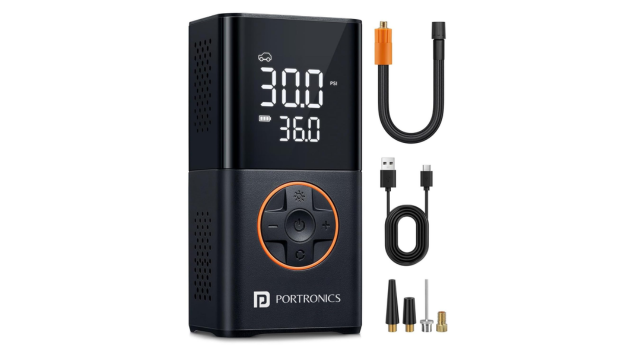
First off, I love the idea of cordless anything—and the Portronics Vayu 3.0 delivers exactly that. With a built-in 4000 mAh rechargeable battery, this one's perfect for quick inflation without fumbling for a 12V socket in the dark.
What stood out to me:
- Preset modes for cars, bikes, and balls? That's convenience I didn't know I needed.
- Cordless design means I can inflate a cycle tyre or basketball at the park without dragging my car along.
The good stuff:
- Built-in LED torch is a big plus for night-time use.
- Auto shut-off once the right pressure is hit—huge relief for someone who's paranoid about over-inflating.
- Clear digital display so I'm not squinting to read numbers.
Not-so-great:
- It's a bit heavier than I expected.
- For heavy usage (like inflating four flat tyres back-to-back), it might need a recharge break.
Bottom line: If I had to pick just one inflator that blends smart features with everyday practicality, this might be it.
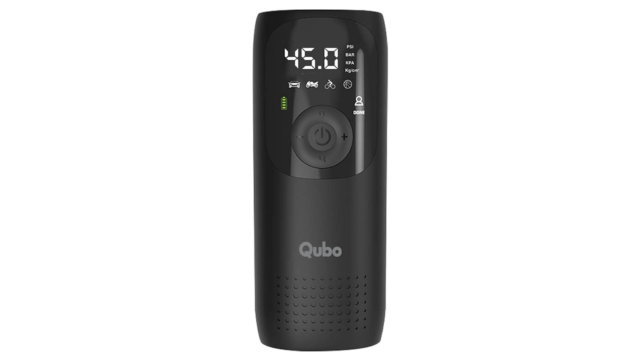
This one is all about big power and small size. Weighing just 500 grams, the Qubo inflator is tiny but packs a punch with a 5000 mAh battery. It feels like something I could toss in a backpack and forget about—until I need it.
What I liked:
- The SOS flashlight feature is super smart—one of those "better safe than sorry" additions.
- USB-C charging. Finally, an inflator that doesn't need a weird cable I'll lose in a week.
Pros:
- Enough juice to fully inflate 2 car tyres or top off 8 on one charge.
- Precise ±1 PSI accuracy—great if you're particular about tyre pressure.
- Comes with multiple nozzles, so it's not just for tyres.
Cons:
- No plug-in option—if it's not charged, it's not working.
- Inflation speed isn't the fastest out there.
Bottom line: For urban driving and everyday inflatables, this one's super convenient—especially if you hate cables as much as I do.
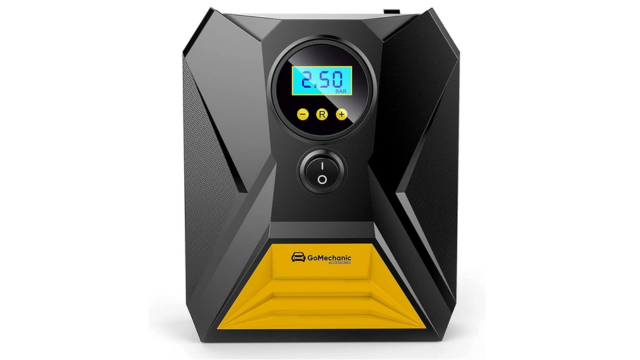
GoMechanic's inflator gave me "serious tool" vibes. It connects via the car's 12V port and delivers a solid 150 PSI, which is more than enough for most tyres.
What I appreciated:
- The 3-meter cable actually makes a difference when reaching rear tyres, especially on larger cars.
- Auto shut-off makes the whole experience worry-free.
Highlights:
- Digital pressure monitor and built-in LED light.
- Comes with a carry bag and various nozzles—small details that add up.
- Durable, with a 1-year warranty.
Downsides:
- Not cordless—so you're tied to the car's charging port.
- Not the quietest machine out there.
Bottom line: If you want something reliable, sturdy, and straightforward—no bells, no whistles—this is a solid pick.
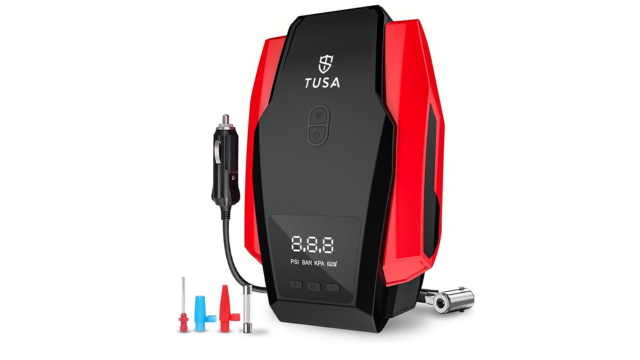
The TUSA inflator caught my eye for one reason: speed. It claims to inflate a flat tyre to 30 PSI in under 4 minutes, and from what I've read, it walks the talk.
What I liked:
- The super long cable (12 feet!) is great if your power outlet is up front and your tyre's at the back.
- It's super user-friendly—just set the PSI, hit start, and let it work.
Pros:
- Auto shut-off to prevent over-inflation.
- LED lighting helps in low visibility.
- Works well for a variety of inflatables.
Cons:
- Heaviest of the bunch at 1kg.
- Definitely not a glove box kind of inflator.
Bottom line: If I were prepping for a long road trip, I'd throw this in the trunk. It feels like that emergency tool that'll never let you down.
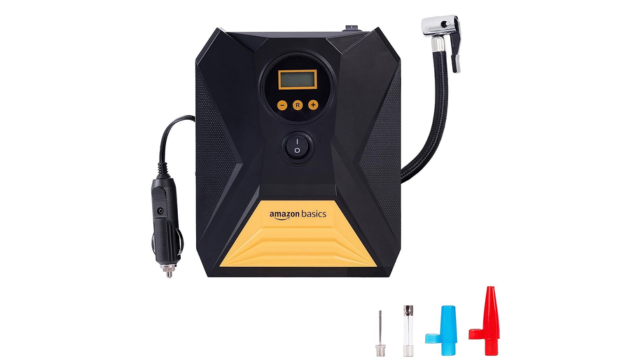
This one doesn't try to impress you with fancy features. Instead, it keeps things simple and does what it says: inflates tyres without a fuss.
What appealed to me:
- It's compact and lightweight (about 0.67 kg)—something I could stow under the seat without thinking twice.
- Switching between PSI, BAR, kPa, and kg/cm² is super easy.
Perks:
- Comes with an LED light and digital gauge.
- Inflation time is decent—under 10 minutes for most standard car tyres.
- Includes an air-filling pin for balls, cushions, etc.
Not-so-great:
- Needs to rest after 10 minutes of use.
- No battery backup, so again, it's tied to a power outlet.
Bottom line: If I wanted a basic, reliable inflator that doesn't break the bank or overcomplicate things, this would be it.
Final Thoughts: Which One Would I Actually Keep in My Car?
Honestly, it depends on the situation. If I wanted total convenience, I'd go for the Portronics Vayu 3.0 or Qubo—cordless life is just better. For longer trips or just-in-case scenarios, the TUSA feels dependable. But for everyday use? GoMechanic has that old-school reliability, and Amazon Basics keeps things, well… basic (in a good way).
At the end of the day, a portable inflator is one of those tools you don't realise you need—until you really need it. Having the right one could be the difference between a quick fix and a long, stressful wait.
Methodology Note
The recommendations and insights shared in this article are the result of a carefully structured evaluation process conducted by the editorial team at The Hook. To ensure the list truly reflects what Indian consumers need in 2025, we based our selections on a mix of qualitative and quantitative research.
We took into account brand reputation and reliability, with a focus on manufacturers known for consistent product quality and innovation in the Indian market. Just as important was each brand's after-sales service network.
We also studied user reviews and feedback posted on trusted e-commerce platforms like Flipkart and Amazon, as well as consumer forums and Reddit threads, to understand real-world experiences beyond the spec sheets.
Finally, the models featured were shortlisted after detailed brainstorming, internal discussions, and editorial analysis, balancing technical performance, design, pricing, energy efficiency, and everyday practicality. The goal: to offer readers a list that's not just data-driven, but genuinely useful when making a buying decision for their home.





















